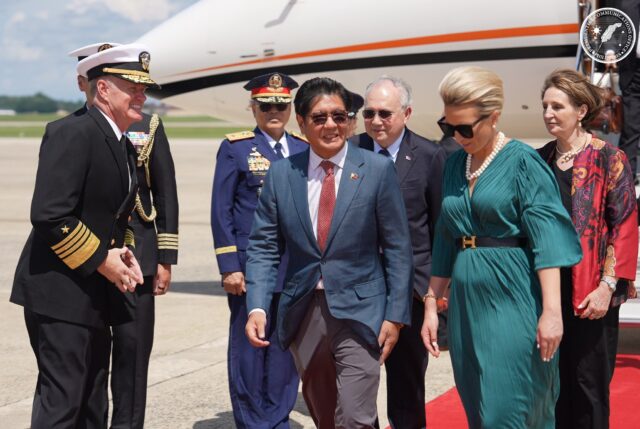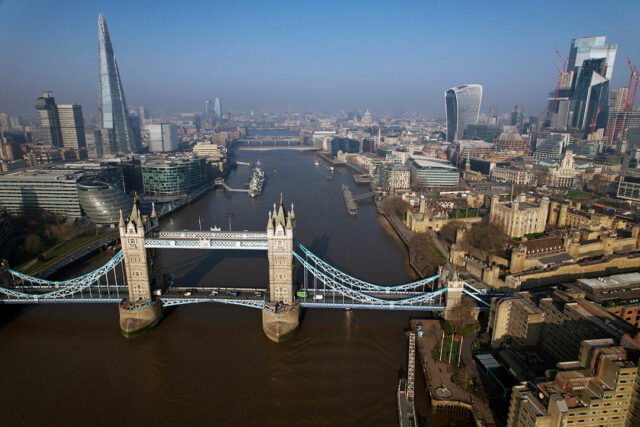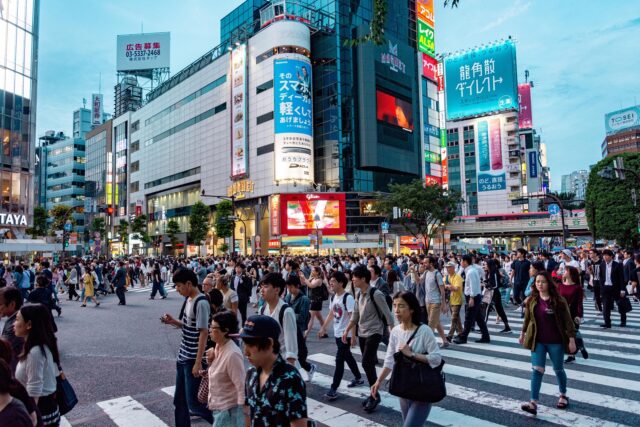Chinese electric vehicle brands Neta and Zeekr inflated sales in recent years to hit aggressive targets, with Neta doing so for more than 60,000 cars, according to documents reviewed by Reuters and interviews with dealers and buyers.
The companies arranged for cars to be insured before they were sold to buyers, the documents show, enabling them under Chinese industry car registration practices to book sales early so they could hit the monthly and quarterly targets, the dealers and buyers said.
Neta booked early sales of at least 64,719 cars through this method from January 2023 to March 2024, according to copies of records it sent to dealers, seen by Reuters. That was more than half the sales of 117,000 vehicles it reported over the 15 months. Neta’s effort to book sales early has not been previously reported.
Zeekr, a premium EV brand owned by Geely, used the same method to book early sales in late 2024 in the southern city of Xiamen through its main dealer there, state-owned Xiamen C&D Automobile, according to dealers, buyers and sales receipts seen by Reuters.
Analysts and investors tracking China’s auto industry gauge performance and estimate inventory levels with two sets of sales data. Wholesale numbers reported by automakers to the industry association show sales from automakers to dealers, while retail data compiled from registration records of mandatory traffic insurance show the sales to users.
Vehicles booked as sold before reaching a buyer are called “zero-mileage used cars” in the Chinese auto industry. The practice has emerged out of cutthroat competition for sales in the world’s largest auto market, which is reeling from a brutal, years-long price war caused by chronic overcapacity.
The industry faces a moment of reckoning, with state media calling out the zero-mileage car practice, China’s cabinet pledging to regulate “irrational” competition, and other central government bodies organizing meetings with the industry’s largest players to express concern about such methods.
On Saturday a publication run by the China Association of Auto Manufacturers said the industry ministry was planning to clamp down on the practice by banning cars from being resold within six months of being registered as a sale.
STATE MEDIA FOCUS
Also on Saturday, Chinese state media reported that Zeekr had been selling cars with insurance already purchased to inflate sales, the first such naming of a specific automaker in a sign that Chinese authorities are getting more serious about the crackdown.
In a front-page story, the China Securities Journal newspaper, one of China’s most important government-owned financial publications, interviewed Zeekr car buyers in cities such as Guangzhou and Chongqing, who the newspaper said had found that their cars already had insurance policies before they were sold.
They said they were refused refunds, even though they felt they were deceived.
The newspaper questioned Zeekr’s unusually high sales in the cities of Shenzhen and Xiamen in December. Its reported sales based off insurance registration records in Xiamen surged to 2,737 that month, more than 14 times its monthly average.
The China Securities Journal also raised questions over Neta’s sales, saying it showed anomalies. Reuters is reporting for the first time details of how Neta inflated sales.
Zhejiang Hozon New Energy Automobile, which owns Neta, and Xiamen C&D did not respond to requests for comment on Saturday. A spokesperson for Geely said, “Geely firmly rejects the report put forward by the China Securities Journal.” The spokesperson declined to comment on Reuters findings or provide further details.
Zeekr said on Sunday on its account on Chinese social media platform Weibo that the vehicles mentioned in the media reports were for showroom display. It confirmed that the cars had been insured with mandatory traffic insurance, saying that it was for ensuring safety while being exhibited, and that they were still legally new when sold to buyers.
It did not directly answer Reuters’ questions on whether it had counted them as retail sales. However, its Weibo statement said it had also set up a special team to investigate the sales issues raised in the media reports, without going into further details.
Li Yanwei, an analyst with the China Automobile Dealers Association, said on Weibo on Saturday that he believed Zeekr and Neta carried out such practices to embellish their financial reports and achieve their performance goals.
“This way of whitewashing performance is not advisable,” he said.
PRESSURE ON DEALERS
Last month the state-owned People’s Daily, which often presents the views of China’s ruling Communist Party, published an editorial condemning the sale of zero-mileage used cars domestically and listing a litany of harms the practice brings upon the industry and buyers.
This month four dealer associations based in the wealthy Yangtze River Delta urged automakers to set them more reasonable sales targets and incentive policies, saying, without providing details, that dealers were being forced to falsify sales.
Neta booked sales early by arranging insurance policies for cars before sending them to dealers, according to records shared with Reuters and a dealer for the brand.
The records contain details for each car and the insurance policies purchased on them, with the names of the insurance agents. Dealers were able to refer to these when they found a buyer to transfer the policy to, according to copies seen by Reuters. The company booked early sales of 64,719 cars this way.
“In Neta’s case, the company made it clear to dealers that the cars were insured ahead of time and therefore counted as sold,” said the dealer, who spoke on condition of anonymity, citing fears of retaliation from the company.
“We had to explain to buyers that the traffic insurance was complementary and remind them it would expire earlier and should be renewed on time,” he said.
But three Neta buyers, who asked not to be named, told Reuters the dealerships had not told them the policies had begun well before the purchase date, only finding out when the policies expired.
The dealer said Neta started doing this in late 2022 to obtain EV subsidies that were set to end that year.
Neta’s sales peaked in 2022 when it was ranked as the eighth-largest maker of new EVs in China with sales of 152,000 vehicles. Sales fell last year to 87,948 vehicles, including 23,399 exported, and it sold 1,215 cars in the first quarter of 2025, according to data from the China Association of Automobile Manufacturers.
The brand has been in financial trouble since late 2024, and its owner, Zhejiang Hozon New Energy Automobile, entered bankruptcy proceedings in China last month, according to state media.
‘JUST DO IT’
Zeekr, which is being privatised by Geely Auto 0175.HK, booked sales with the help of Xiamen C&D, which runs dealerships for Zeekr and other brands.
Xiamen C&D registered the vehicles’ insurance policies under the names of two subsidiaries in December, allowing Zeekr to count the sales before year-end, according to four dealers and two buyers, as well as a receipt shared with Reuters.
Zeekr dealers sold some of the cars in subsequent months to buyers in other cities such as Beijing and Chongqing, the sources said.
“The Zeekr salesman said the car would be 3,000 yuan ($420) less than a car I would get from the store and I would also get a charging coupon worth 10,000 yuan,” said a buyer in another southern city. He declined to be named, citing concerns of retaliation from the automaker.
The China Securities Journal reported that most of the owners it spoke to said their cars were insured by Xiamen C&D and its affiliates.
Reuters could not determine how much of Zeekr’s Xiamen sales in December were booked early.
China Automobile Dealers Association data showed that 2,508 of the 2,737 sales Zeekr booked in Xiamen in December were sold to companies, while 257 went to individual buyers.
But data published by Xiamen’s vehicle administration bureau showed just 271 cars registered in December for license plates, which genuine buyers generally obtain once they receive their cars.
The Neta dealer said many of the zero-mileage used cars he received from the company remained in his warehouse, unsold. The company “only had one message: Just do it, everyone else is doing it”. – Reuters











